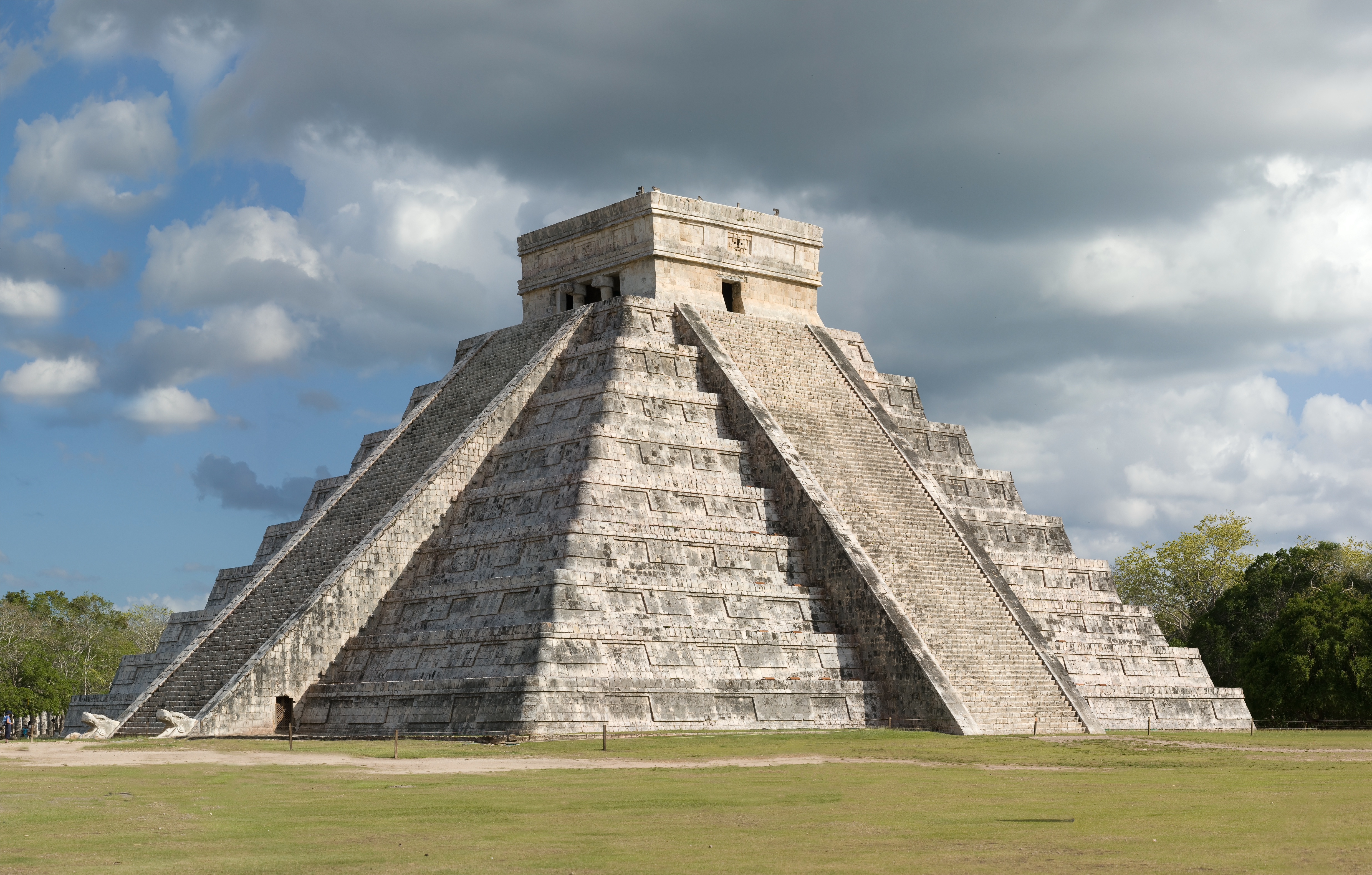Chichén Itzá, located in the Yucatán Peninsula of Mexico, is one of the most famous and significant Mayan cities, known primarily for its stunning architecture and historical importance. As a UNESCO World Heritage Site, it is heralded for its cultural and archaeological richness, offering insight into the Mayan civilization's peak achievements. The city's most iconic landmark is El Castillo, or the Temple of Kukulcán, a step pyramid that dominates the ancient city's center, drawing thousands of visitors each year, especially during the equinoxes when the play of light and shadow creates the illusion of a serpent slithering down the pyramid's side.
Historically, Chichén Itzá served as a major center of politics, economics, and culture for the Mayan people, thriving from around 600 AD to 1200 AD. It demonstrates the fusion of Mayan and Toltec civilizations, which is reflected in its architecture and carvings. The city houses remarkable structures like the Great Ball Court, where the ancient Mayan ball game was played, and the Temple of the Warriors, known for its striking columns.
The geographical location of Chichén Itzá is in the northern part of the Yucatán Peninsula, characterized by a hot, tropical climate. This region is marked by a distinct wet and dry season, with the wet season running from June to October. The area’s geology is defined by cenotes (natural sinkholes) that were vital sources of water for the Maya and hold significant archaeological and spiritual importance.
Among the festivals associated with Chichén Itzá, the spring and fall equinoxes are particularly remarkable. During these times, people gather at El Castillo to witness the solar spectacle that reflects the Mayan's advanced understanding of astronomy and their deity Kukulcán, the feathered serpent god.
An interesting fact about Chichén Itzá is that its name translates to ‘At the mouth of the well of Itzá’, a reference to the sacred cenote that was a pilgrimage destination. Additionally, in 2007, Chichén Itzá was designated as one of the New Seven Wonders of the World, recognizing its extraordinary architectural and cultural legacy. It remains a testament to the ingenuity and diversity of ancient Mesoamerican civilizations.
 Fcb981 , CC BY-SA 3.0, via Wikimedia Commons
Fcb981 , CC BY-SA 3.0, via Wikimedia CommonsMexicoLatin America & Caribbean
Nearby Places
Cenotes of Mexico(75 km)
Natural sinkholes with clear water, sacred to the Maya and stunning in beauty.Tulum(126 km)
Mayan ruins perched on cliffs above Caribbean Sea.Campeche(223 km)
Fortified colonial Caribbean port, blending rich history with colorful cultural traditions and stunning architecture.Log in to write a review.
Sustainable Travel Tips
Plan Mindfully
- Choose direct flights when possible
- Travel during off-peak seasons
- Pack light and bring reusables
- Prefer eco-friendly accommodations
At Your Destination
- Use public transport or walk
- Support local businesses
- Respect wildlife and habitats
- Choose activities with minimal impact
Daily Habits
- Reuse hotel towels
- Take shorter showers
- Turn off lights/AC when out
- Carry a reusable water bottle
